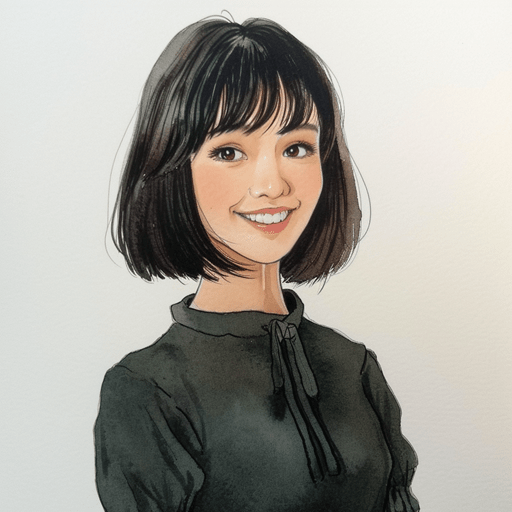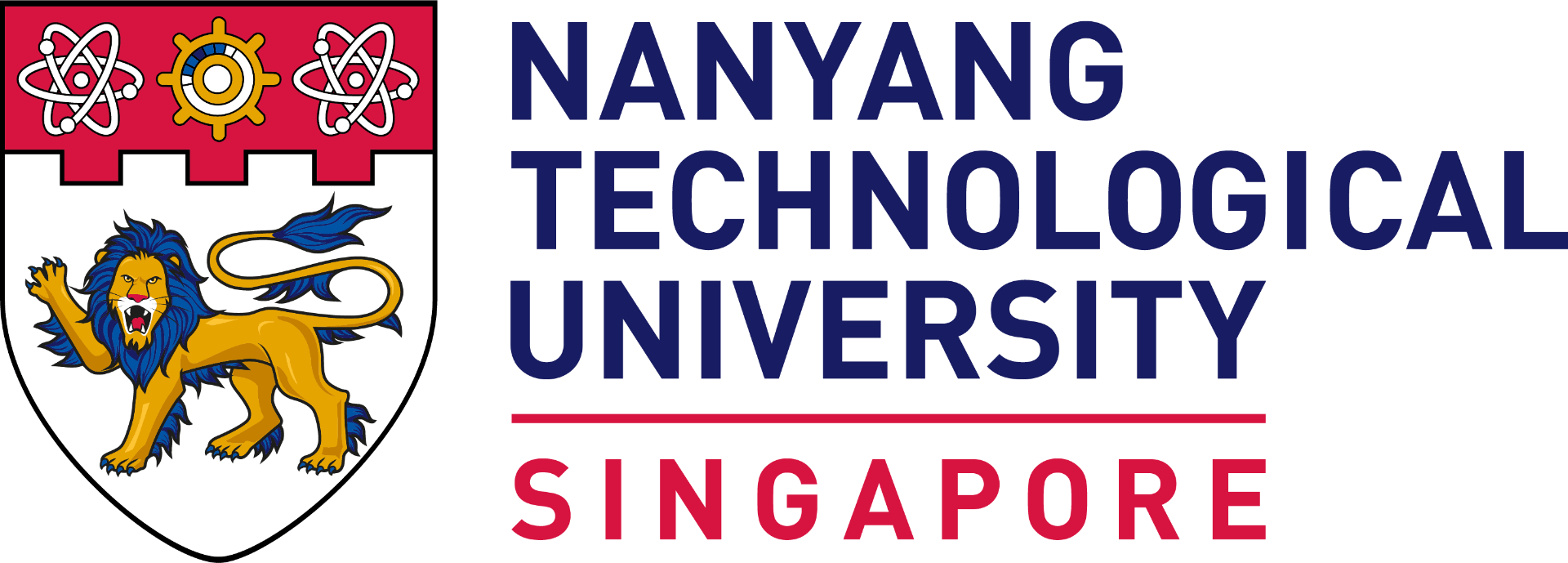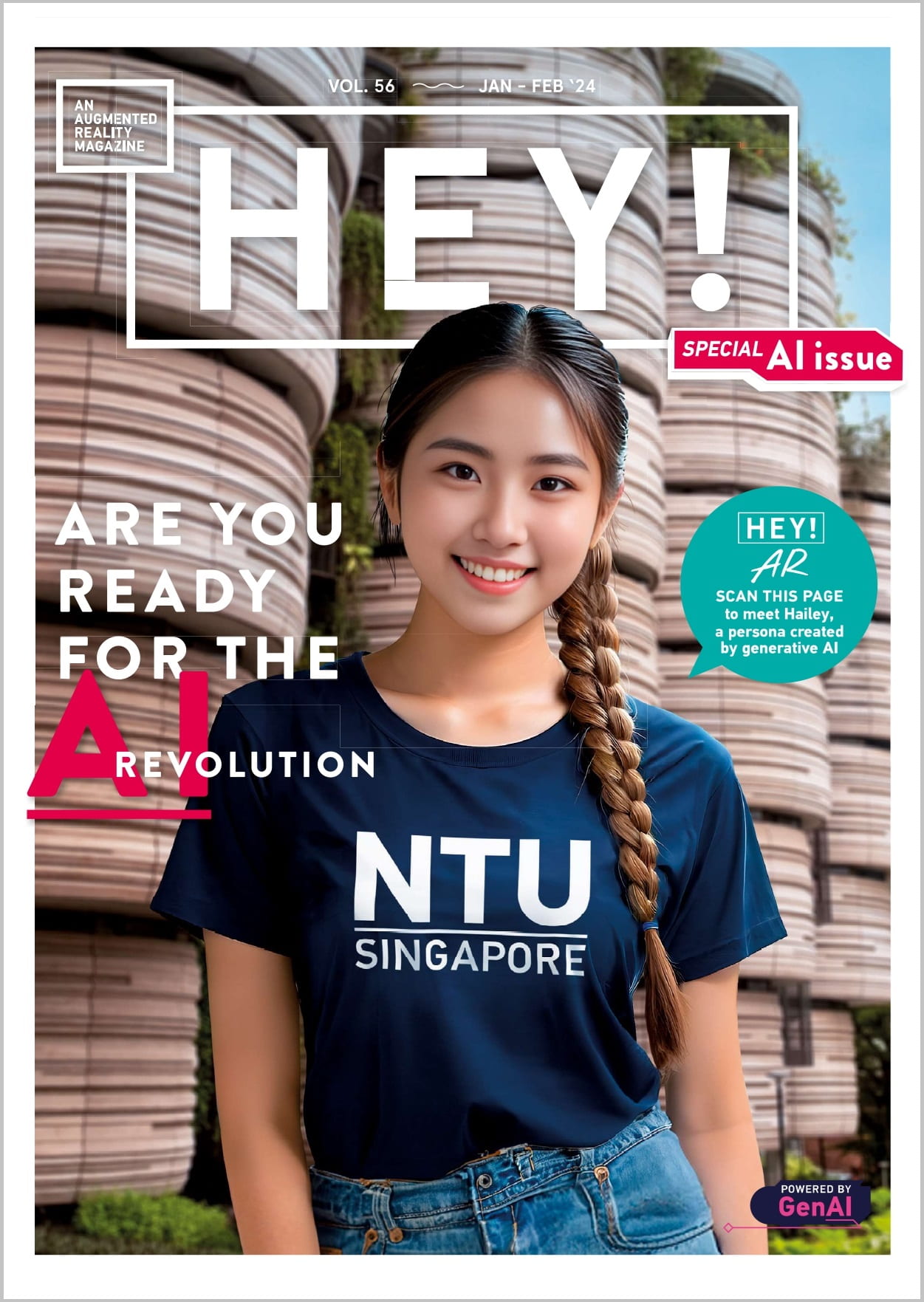by Dr Vivien Chiong
Fascinated by how artificial intelligence (AI) is permeating every field, we wanted to create a special AI issue of HEY!. We wanted to understand the potential, limitations and ethical considerations of using AI in communication.
Could we produce HEY!, a student magazine, using AI?
Starting with the cover, we used generative AI to create Hailey, a hyper-realistic persona, as our cover talent. She then transforms seamlessly from the print cover into an augmented reality video.
We characterised her on ChatGPT so that she could answer questions for her cover story interview.
We experimented using AI in copyediting, drafting headlines and captions, writing stories from interview transcripts, and generating photos and illustrations.
We learnt that ChatGPT was good for generating ideas. But fact-checking by humans is still an essential step. As ChatGPT operates on data commonly out there, could it pass off some misinformation as fact if enough people repeat the same thing? Can we help to train it to correct factual errors?
We saw its limitations. It can ignore the most specific prompts, it has a tendency to use certain phrases, and its stories sometimes don’t flow well.
Still, we are excited by the potential of AI. HEY! is the University’s brand journalism project where we experiment with emerging technologies to tell stories for and about NTU’s students. HEY! has transformed over the years from being an iPad publication to one that uses only smartphone photography even on its cover, to an augmented reality magazine with features like 3D models and 3D animation, and now we have co-created this entire issue with AI.
This issue shines a spotlight on how AI is being developed, taught and applied across disciplines at NTU, from engineering to traditional Chinese medicine and various creative projects.
The questions raised about AI are pertinent to fellow content creators and university students who generate content daily, be it for essays or projects.
Generative AI is widely discussed globally, and the Singapore government is developing a new AI governance framework. One of the challenges posed by AI is that it has become so proficient it is now difficult to distinguish between the real and the artificial. We have thus marked all images of Hailey with a “stamp” indicating she is AI-generated, and every story in this issue has comments on how AI was used in it.
Hailey is our first experiment at creating a hyper-realistic persona using AI. We are thinking about introducing other personas to reflect the diversity on the NTU campus. Tell us what you think of this.
The HEY! team hopes you like our experiment and will be inspired perhaps to explore further in your studies. If you already have and would like to share what you’ve done, drop us a line at hey@ntu.edu.sg.
Thank you for joining us on this exciting exploration of the frontiers of creativity.



